Can you win chess in 2 moves?
Is it possible to win chess in just 2 moves?
Chess players who have played for a while will be familiar with the fact that winning a game in just 2 moves (each player's move) is not a realistic option.
My experience with chess has taught me that the player who moves diagonally is the one who gets the best positions on the board at start of game. If your opponent is slow to open up to you or is oblivious, this can help you defeat him/her. This is what brings us to the idea of trying to put a checkmate in the shortest amount of moves.
It has been determined that the number is 2. This means that you can play a game of Chess with only two moves. This set of moves is also known as the "Fool's Mate". It's also known as the "Fool's Mate" because it requires you to face someone who has never played the game or you have to win the game. Anybody who has ever played chess knows that it is foolish to expose your White King diagonally in the first moves when your opponent (Black), releases the queen or the bishop. If you do this, make sure that you at least cover the open spot, even if it is with your Queen.
Despite the fact that Fool's Mate sounds absurd, it is actually possible. I explain how.
White moves first according to the game rules. In this instance, White loses. White sees the white pawn as being two places ahead of the right-hand knight. Your goal is to expose your king diagonally as quickly as possible.
Black follows White, exposing his/her king diagonally by moving the pawn in front of the king. It doesn't matter how much you move the pawn by, but if this is something you want to do in real life, you might be able to show some aggression and deter White. You're actually allowing your queen to move towards the left, according to Black's perspective. White should realize that her/her next move will determine whether or not the Black queen moves. White's next move, however, will be the last as we get to know the Fool’s Mate.
White's final nail, this would require you to be a Novice or under the influence. White's king is exposed when the White pawn moves ahead of the White bishop a few spaces (it doesn't matter if White loses).
Now all Black needs to do is move the White king diagonally. The White player does not have any piece that he/she could use to intercept Black's queen. White cannot move the Black queen's king from her sight. White loses because there is no logical move that White can make.
The Scholar's Mate is a set of four moves that will win you the game. It's called the Scholar's Mate.
* e4 and e5
* Bc4 nc6
* Qf3 = d6
* Qxf7 mate 1
There you have it! As I mentioned, the Fool's Mate can only be used against fools. White will not retaliate by moving pawns in this manner. It is still fun to see the faces of people who have just lost such a big deal.
Fool's Mate is a checkmate in chess. It's also called the "two-move Checkmate". This can only be achieved by Black giving checkmate on the second movement with the queen. Fool's Mate was named this because it only occurs when White makes an exceptional mistake. This checkmate is rare even among beginners.
The mate illustrates the kingside weakness that both players have along the f and g-files in the first phase. Black can be mated in complementary situations, but this requires an additional move. An early checkmate can also be suffered by a player if the f and g-pawns of a player are not advanced properly and the kingside defense is inadequate, as documented in historical miniature games in chess literature.
The Fool's mate was described and named in The Royall Game of Chesse Play, a 1656 text written by Francis Beale. This text adapts the work of Gioachino Grico. Before the mid-19th-century, there wasn't a standard for who White or Black would move first. According to Beale the matter was to have been decided in a prior contest or by a decision made by the players. Black was the first player to move, and each player made two moves to different squares or "houses". After that White won checkmate.
The Fooles Mate
Black Kings Bishops pawned one house.
White Kings pawn one house
Two houses are pawned by black kings knights
White Queen gives Mate to the Contrary kings Rookes fourth House
Beale: The Royall Game of Chesse - Play
Paraphrasing Beale's example in modern terms (shown below), White moves first, algebraic notation used, and Black delivers the fastest mate after each player has made two moves.
1. f3 E6
2. g4 Qh4#
There are eight ways Fool's mate may be found. There are three points in the sequence where you can choose one of the two options. This results in possibilities. White can alternate the order in which the f and g-pawns move. Black may play either an e6 or an e5 to allow the queen to move. White may also move its fpawn to f3 and f4. This sequence was described by Whyld and Hooper as 1. g4 (or E6) 2. f3 or f4#.
Similar patterns of mating can be found early in the game. White can mate Black with an additional turn. Historical games show the early weaknesses of the kingside f and g files, which were exploited in Fool's Mate.
White to mate in just three moves
White can achieve a very similar checkmate. White will need to make an additional turn, or half-move, if the roles are reversed. This is known in computer chess a ply. The principle of a ply is the same in both cases: the player advances their f and g-pawns so that the opponent's queen may mate along an unblocked diagonal. The board position that White used to illustrate the Fool's Mate (with White to mate) was given in Bobby Fischer Teaches Chess and as an example in a compendium by Laszlo Pogar. It also included the comment, "Black foolishly weakened his King's defenses." This game required three moves! The sequence that could lead to this position is 1. e4-g5 2. d4-f6. 3. Qh5#
Multiple sources have reported that Fool's Mate may be an apocryphal version. The 1959 game 1. e4 2. Nc3 f5? 3. Qh5# has been assigned to Masefield or Trinka. However, the names of the players have been reported as Mayfield (Mansfield), Trinks (or Trent). [7][8][9][10][11] Further, a similar mate can occur in From's Gambit: 1. f4 e5 2. g3? f4 3. ">?/a> exf4 3. Qh4#.
White can also have a third move mate, 1. e4 2. Qh5 Ke7? 3. Qxe5#.
Conclusion:
So can you win a chess in 2 moves? in a nutshell...YES!


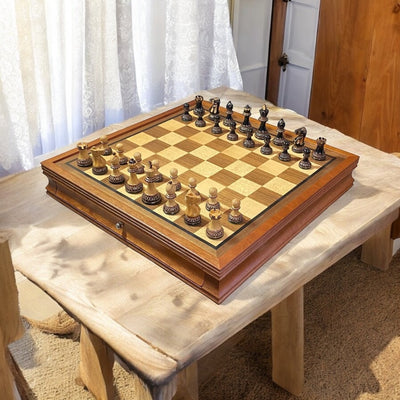
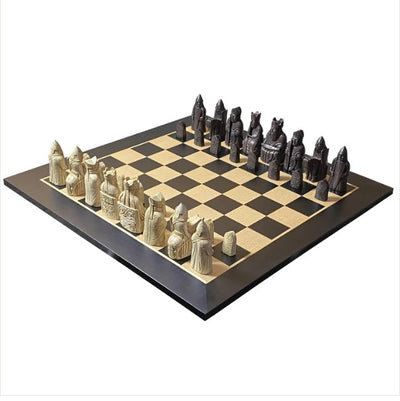
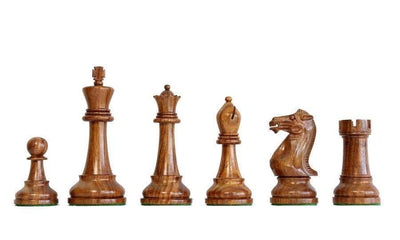
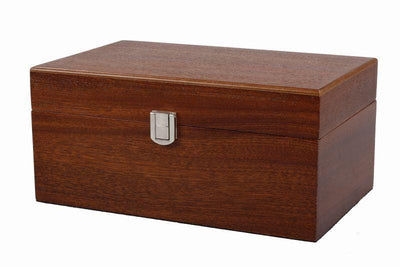
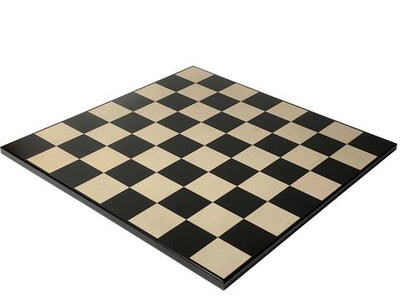
 possibilities.
possibilities.